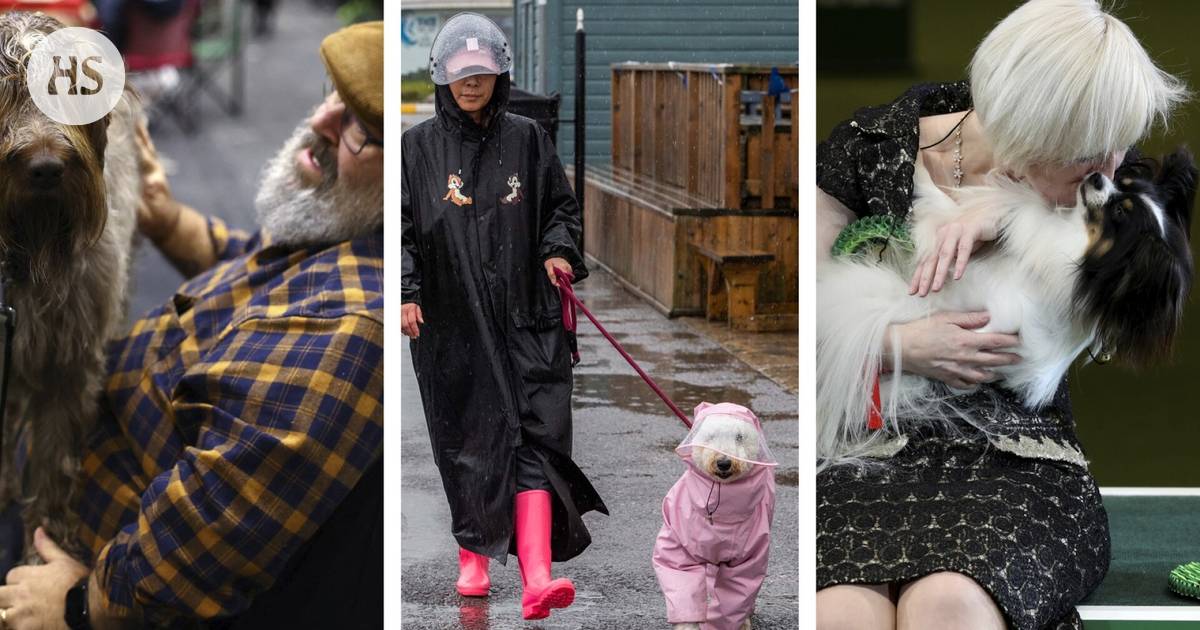Studies|Some of the similarities in personality and appearance may be due to the shared lifestyle of the dog and its owner.
The summary is made by artificial intelligence and checked by a human.
The resemblance between the dog and the owner has been confirmed in studies.
For example, the length of the owner’s hair and the dog’s ears are correlated.
Overweight owners often have an overweight pet due to their shared lifestyle.
Of the personality traits, neuroticism and extroversion are most commonly combined.
Canine and the identity of its owner is not a myth, but a fact noticed in the studies.
However, the pet and the owner do not only resemble each other in their personality, but also in their appearance.
The matter became clear when a social psychologist from the Max Planck Research Institute He’s a bender and his colleagues summarized 15 previous studies on the topic. A review study was published Personality and individual differences – in the science journal.
Among other things, studies have shown that the length of the owner’s hair matches the length of the dogs’ ears. For example, long-haired women prefer long-eared dogs, short-haired women prefer short-eared dogs.
Overweight dog owners often also have an overweight pet.
However, it is not always about a very striking external feature.
In some experiments, people have been asked to guess which dog belongs to which owner from pictures. People know how to connect owners and pets better than chance, even when only the eyes are limited to the pictures.
Whence the cross-species similarity is then due to?
Part of the similarity can follow from the shared lifestyle of the dog and its owner. For example, obesity connects at least partly because both the dog and the owner move less.
Overweight is the only external feature observed in studies, in which the owner and the dog start to become more similar over time.
In other traits, the similarity is not affected by how long the dog has been with its owner. So the similarity is largely due to people getting a dog that looks like themselves. Similar appeals or feels familiar, and is therefore chosen.
The similarity between the personalities of the pet and the owner is therefore influenced by both the choice made by the owner and the coexistence and interaction, psychologist Bender and his research groups suggest.
Among the personality traits, the most similarity between owner and pet is neuroticism, i.e. emotional instability and extroversion.
Of some based on research, the similarity of characters does not seem to be affected by the length of time the pet and the owner have been together. In other words, the dog and the owner resemble each other from the time the dog was a puppy.
Since the dog’s personality is barely visible as a puppy, people may choose their pet based on general breed traits they like.
A US study showed that owners of dogs of a breed considered dangerous had more psychopathic and adventure-seeking traits than others.
Dog and its owners can also make each other more similar by their behavior.
The owner may strengthen such traits in the dog that make the pet like him. The dog’s behavior also reflects on the owner. The interaction can be seen, for example, in neuroticism.
According to research, dogs of emotionally unstable people delay before obeying when the owner says “sit”. The owner’s own instability therefore seems to make the dog behave more ambiguously.
The owner’s worry, on the other hand, can make the dog nervous, whose behavior makes the owner nervous.
The cycle is complete: the emotional life of the owner and the dog becomes a circle that strengthens each other.
